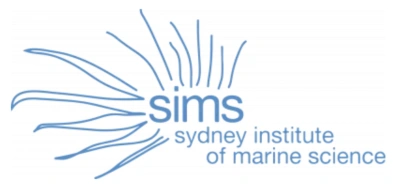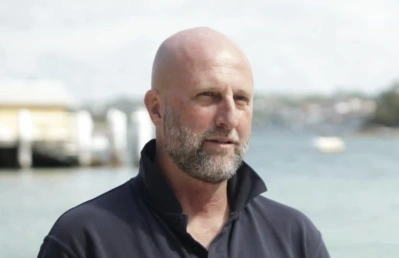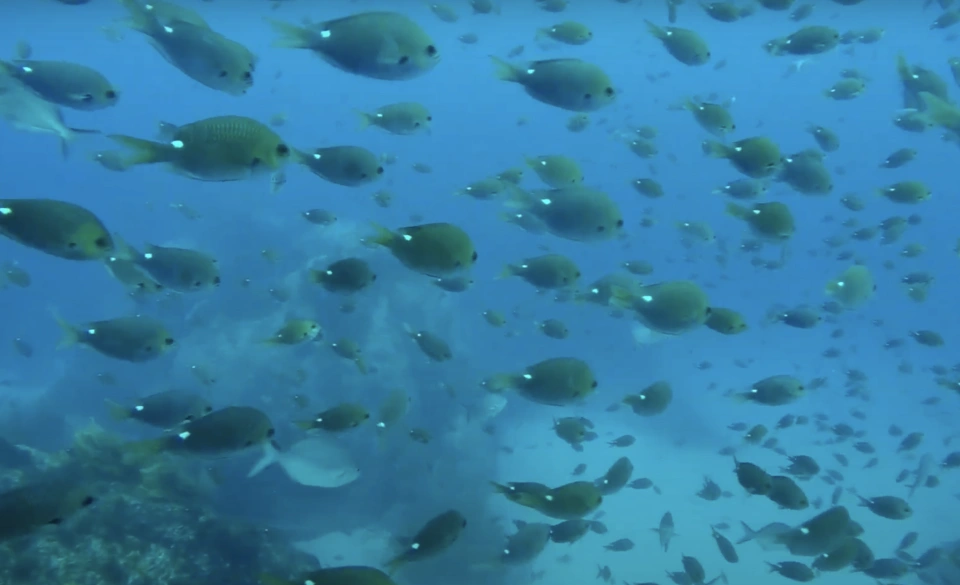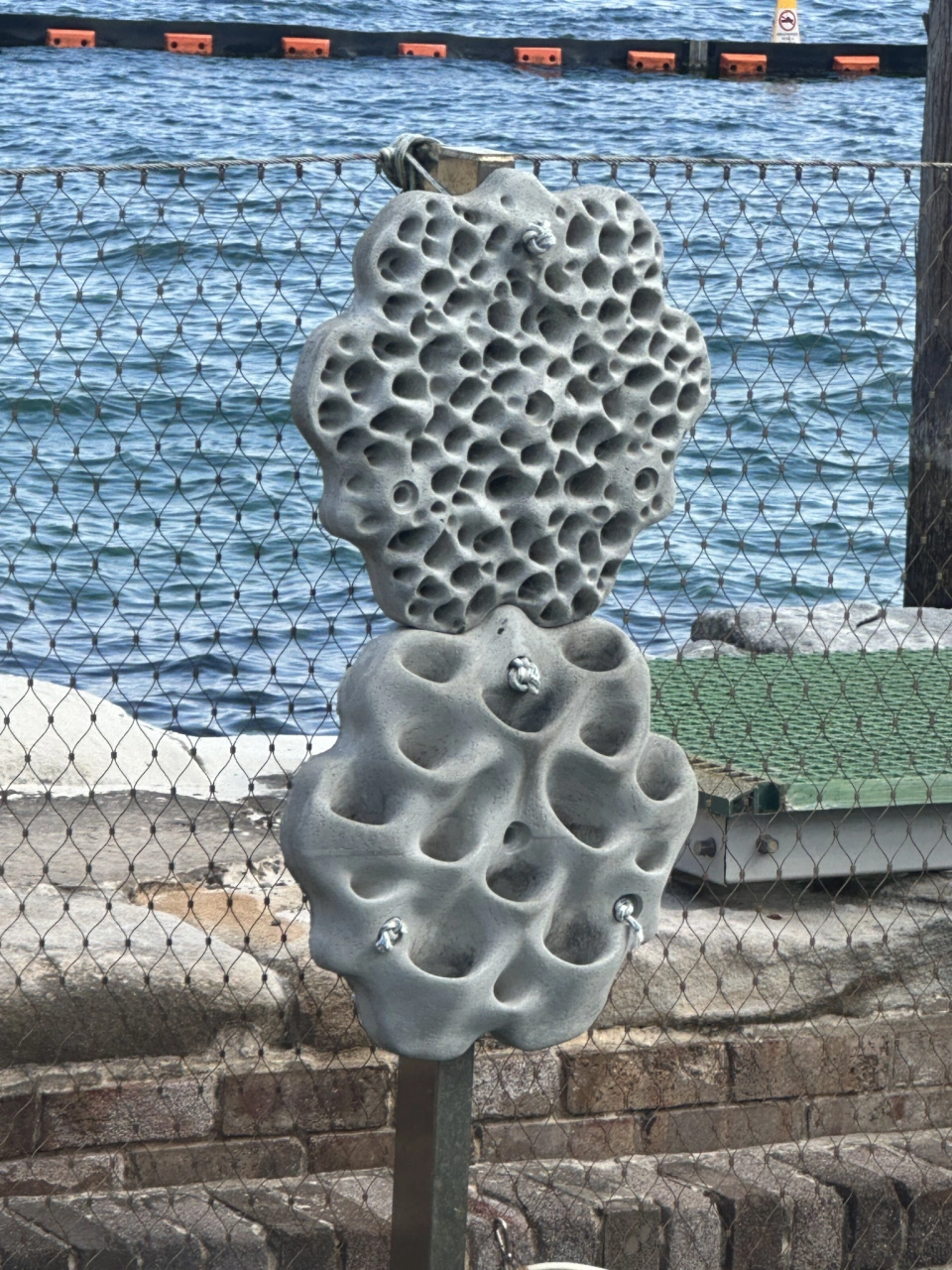Restoring Sydney Harbour's marine biodiversity with Brett Fenton
Mosman
Sydney’s marine harbour is heavily industrialised and developed. The natural shoreline is gone from over 70% of the harbour, and there’s a long history of a lot of damage being done to the marine environment through urbanisation damage, sewage and chemical dumping.
But in the last 50 years things have started to change. The water quality has improved dramatically, and with that comes a return of wildlife. Now you can see dolphins in the harbour, and in Chowder bay a colony of New Zealand fur seals are frequently spotted.
The Sydney Institute of Marine Sciences (SIMS) are working to restore natural habitats in Sydney Harbour to allow biodiversity to thrive. Learn more in this educational video with Brett Fenton, Chief Operations Officer at SIMS.

Sydney Institute of Marine Science

Brett Fenton
Sydney’s marine harbour is heavily industrialised and developed. The natural shoreline is gone from over 70% of the harbour, and there’s a long history of a lot of damage being done to the marine environment through urbanisation damage, sewage and chemical dumping.
But in the last 50 years things have started to change. The water quality has improved dramatically, and with that comes a return of wildlife. Now you can see dolphins in the harbour, and in Chowder bay a colony of New Zealand fur seals are frequently spotted.
The Sydney Institute of Marine Sciences (SIMS) are working to restore natural habitats in Sydney Harbour to allow biodiversity to thrive. Learn more in this educational video with Brett Fenton, Chief Operations Officer at SIMS.
Love what you're reading? Support Sydney Institute of Marine Science donate to support them now
Donate hereYou might like...

Restoring Sydney Harbour’s seagrass

Sydney Harbour’s extraordinary marine biodiversity

Living Seawalls for Sydney Harbour

Restoring urchin barrens in Sydney Harbour
Newsletter
Sign up to keep in touch with articles, updates, events or news from Kuno, your platform for nature
